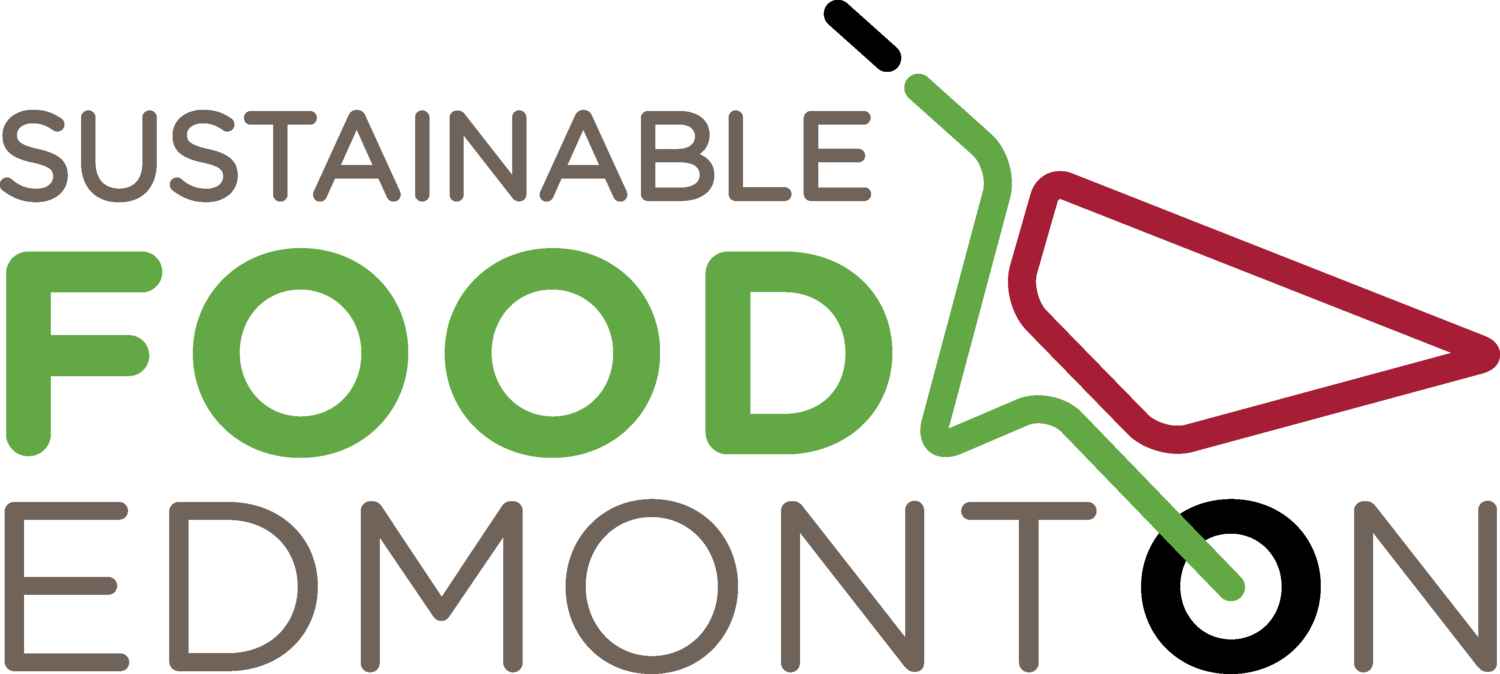Liane Faulder from the Edmonton Journal highlights the changes in city regulations and its affects on urban agriculture. Check out her article below:
Community groups and for-profit organizations eager to launch urban agriculture projects have two new gardening tools — a freshly amended zoning bylaw and an interactive map of available land in Edmonton.
The bylaw changes, approved by city council last week, streamline the administration of urban agriculture. The interactive map, in essence an inventory of vacant lots, gives farmers like Cathryn Sprague and Ryan Mason of Reclaim Urban Farm key information necessary to expand their small, city farm, launched in 2014.
“It’s a good research tool for sure,” says Sprague, of the new interactive map. “That’s one of the challenges to urban agriculture; you see these great spaces and you don’t know who owns them.”
Hani Quon of the city’s sustainable development department notes that the interactive map gives all garden enthusiasts the ability to easily pull title on the land in question and find out who owns it so they can make a pitch.
But finding the proper land (which must offer good soil and sun, drainage, a water source and storage to be suitable) is just the first step in bringing an urban agriculture project to life. As organizers like Sherry Prokopuk know, the most important tool to create a community garden is a merry band of committed workers who are prepared to spend considerable time and effort.
Prokopuk is the co-ordinator of the Fulton Place Community Garden, also known as the Sunshine Garden, located at 6110 Fulton Rd. in the city’s southeast. What started as a one-person pitch by Prokopuk to the city in the spring of 2014 grew into a team effort that saw 120 volunteers building beds and carting soil this spring.
If you’re of a mind to initiate a community garden in your neighbourhood, here are three tips to keep in mind. The tips are based on interviews with Prokopuk and city staff, as well as Sustainable Food Edmonton‘s Carla Meyer, who helps groups tackle key steps necessary to get a garden off the ground.
Also, think about attending an information night on Monday, Nov. 30 from 6:30 p.m. to 8 p.m. at Fulton Place Community League, 6115 Fulton Drive. (To RSVP, email rufaro.munetsi@edmonton.caor call 780-496-5857.)
Know your goal
Some gardeners simply want soil to grow food. But the Sunshine Garden knew their little dream was about more than a food source.
“Our focus was on building community and educating children on urban agriculture. And it was also a way to involve seniors, as we have a lot of seniors in our neighbourhood,” says Prokopuk, a mother of two youngsters. “A lot of time, seniors have the knowledge as they grew up with that, and sometimes young families don’t have the knowledge, but they can do the heavy lifting. So there is a really good symbiotic relationship there.”
Prokopuk rounded up a committee of eight to 10 organizers who developed a vision and a mission statement and then fanned out to find like-minded families and individuals who were either willing to take care of a given spot in the garden, or provide support and expertise in other ways.
The group approached Rev. Jonathan Crane of St. Augustine’s church to see if the parish would supply church land for the garden. Eager to be involved in a community-building project, the church agreed. The only money that changes hands is if the Sunshine Garden has to use church water for irrigation, but the goal is to rely on rainwater where possible.
Know it takes time
Building a community garden consumes anywhere from a year to several years, depending on the dynamics of the group and complications of accessing land and funding.
The Sunshine Garden, with the help of Sustainable Food Edmonton, applied for 14 different grants, eventually raising $35,000 from numerous sources, including the city, Make Something Edmonton, Suncor and Epcor.
Prokopuk says the hardest part of the whole effort, which took just over a year from idea to work bee, was organizing the volunteers to build 38 raised, cedar boxes. It took nine shifts of 10 people each to erect and plant the boxes, which range in height from 11 to 24 inches, making them suitable for children and seniors alike.
Reap what you sow
By summer’s end, a stand of bright sunflowers bobbed approvingly at gardeners tending their beds, while children and seniors mingled at picnic benches of an evening at the Sunshine Garden.
Prokopuk and her family grew potatoes, beets, carrots, onions, Swiss chard and camomile, and other participants grew flowers, too. Some gardeners didn’t tend an individual plot ($30 a year) but rather helped with nine communal plots.
The group plots grew perennials, herbs and plants geared to bees and butterflies. There was even a Three Sisters communal plot, which cultivated corn, squash and beans together. Several fruit trees and 20 fruit shrubs, such as raspberries, haskap, and cherry bushes, will bear fruit in years to come.
“It’s just been so great just to see it take shape,” says Prokopuk. “Having this kernel of an idea, this dream, that you see materialize before your eyes. It was a blank slate of grass and it turned into this amazing garden with so many people involved.
“We recently had a harvest party potluck with 50 people, and Rev. Jonathan led us through a thankful blessing of the land. And we’re getting so many positive comments from other community members.”
